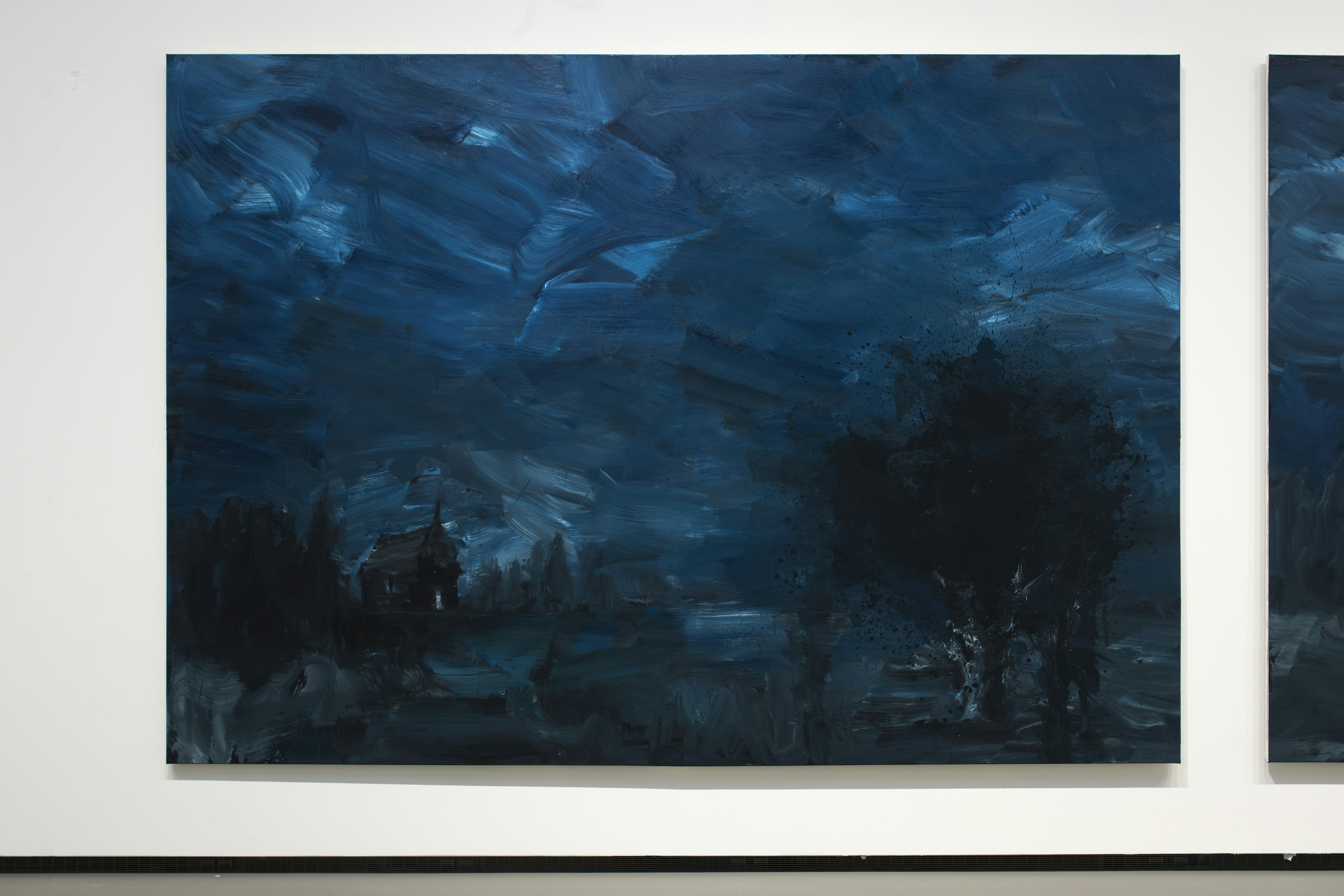Yan Pei-Ming
Since the end of the 1980s, Yan Pei-Ming has been known for his “epic-sized” canvasses, often bi-chromatic, painted with large expressive brushes.
After growing up in a Buddhist monastery until the age of eight, and becoming a propaganda painter, Pei-Ming left China in 1980 and moved to France. He graduated from the Ecole des Beaux-Arts de Dijon in 1986 and began to work in portraiture, considered a minor genre in China. Pei-Ming made his name the following year with his first series, Heads of Mao. After winning the Prix de Rome in 1993 he has painted many portraits, based on models or documents, of both anonymous and iconic people (Michael Jackson, Jean-Paul II, Bruce Lee, etc.). At the same time, since the mid-1990s, he has revived the tradition of historical painting. Continuing the line of painters such as Goya, David, Delacroix and Géricault, Pei-Ming turns media images of illegal immigrants, the Iraq war or 9/11 into timeless scenes depicting the tragic destiny of humanity. Depicting strength and weakness, compassion and violence, his paintings of himself, Christ, his dying father, big cats or weapons of war form timeless frescos that make no concessions.

















